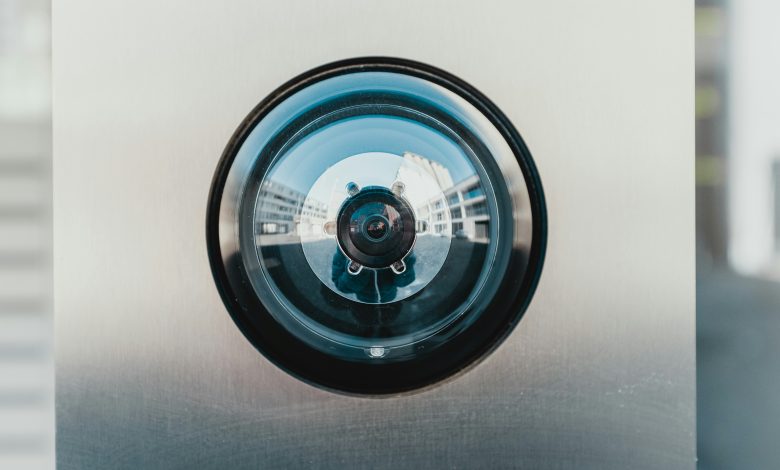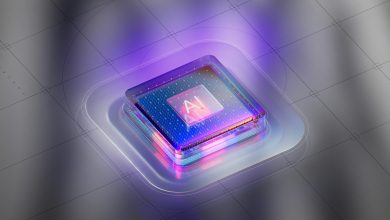
Like most industries, AI has become a hot topic in physical security, with claims that it will transform everything from surveillance to access control. But for IT and business leaders, the question isn’t whether AI is interesting; it’s whether it works, scales and delivers meaningful outcomes.
I’ve been fortunate to spend my career in the physical security industry. So, I’ve seen a lot of technologies come and go over the years. In the case of AI, we’re starting to see areas where it adds real value, and where it can overpromise. It all boils down to a few things to help ensure results. AI needs to be tied to business goals, integrated into infrastructure and supported across security and business teams.
AI-Powered Video Analytics
Traditional surveillance is reactive and resource heavy. AI changes that. With video analytics, systems can detect motion, loitering and perimeter breaches in real time. They can also reduce false positives by filtering out routine activity.
These systems learn over time using machine learning algorithms, allowing them to adapt to a changing environment and improve their accuracy. In healthcare, for example, AI can help detect early signs of behavioral escalation or flag unauthorized access to restricted areas. This helps reduce risk and strengthen compliance.
Video surveillance systems powered by AI also aid in compliance documentation. They automate the logging and reporting of observed activities, reducing the potential for human error and ensuring accurate, auditable records.
Proactive Monitoring and Threat Deterrence at Scale
Another growth area is AI-enabled remote monitoring. Mobile surveillance trailers, often used at construction sites, healthcare campuses and retail distribution centers, are now equipped with analytics, lights, speakers and audio triggers.
These units detect if movement is after hours. If so, the system might flash strobes, play a message and notify a monitoring center. It’s a layered defense strategy that aligns with proactive risk plans.
With leasing and service-based models becoming common, these approaches also support predictable budgeting and faster deployment.
Hybrid Cloud and AI at the Edge
Hybrid cloud architectures are gaining ground as organizations seek to balance scalability and control. In this model, AI analytics can run at the edge, close to the camera or sensor, while storing or managing data through cloud platforms.
This is especially useful in data centers and enterprise campuses, where uptime and latency matter. Edge analytics reduces bandwidth use and delivers quicker insights, while central platforms manage access and compliance.
AI-powered systems also offer remote management capabilities. Organizations can monitor and adjust systems from anywhere, ensuring coverage remains current and compliant.
IT leaders need to ensure that the infrastructure is ready. That includes cybersecurity protocols, open architecture platforms and vendor-neutral integrations to avoid lock-in.
Operational Readiness and AI Adoption
Even strong technology can underperform if teams aren’t ready. AI systems require training, not just for installation, but for day-to-day use. Security teams need to interpret AI-driven alerts, while IT must manage system updates, integrations and data privacy controls.
AI also raises governance questions. Who manages access to alerts? How is data handled? Are the algorithms explainable? These are board-level concerns, not just technical details.
Additionally, AI systems reduce reliance on manual monitoring and basic authentication. Many now support multi-factor and biometric authentication, such as facial recognition or behavioral analysis, raising both security and privacy standards. Encryption and strong access controls are critical for compliance with regulations like HIPAA, GDPR and CCPA.
Aligning Security, IT and Business Objectives
The most effective AI deployments happen when physical security, IT and business leadership work together from the start. Too often, AI is treated as a side project. However, because these systems touch networks, data, compliance and operations, they need shared ownership.
IT teams bring critical knowledge around infrastructure, cybersecurity and cloud readiness. Security leaders understand on-the-ground risks and workflows. Also, executive sponsors can help tie AI initiatives to strategic priorities like risk reduction, operational efficiency or compliance.
Having a shared upfront framework that defines goals, success metrics and response protocols is essential. It helps AI investments deliver long-term value and prevents the “set-it-and-forget-it” trap that can leave systems underused and underperforming.
A Strategy-First Approach to AI
AI won’t fix a broken security plan. However, when deployed with a clear purpose, it enhances visibility, speeds response and supports long-term efficiency.
The most successful deployments start with a specific problem to solve, such as too many false alarms, blind spots in coverage or outdated infrastructure. From there, teams can align on KPIs, train staff and scale thoughtfully.
For executives evaluating AI in physical security, the real question is not “What can AI do?” but “What should it do here, and how will we know it’s working?” That’s the mindset that turns AI into a tool for real progress.




